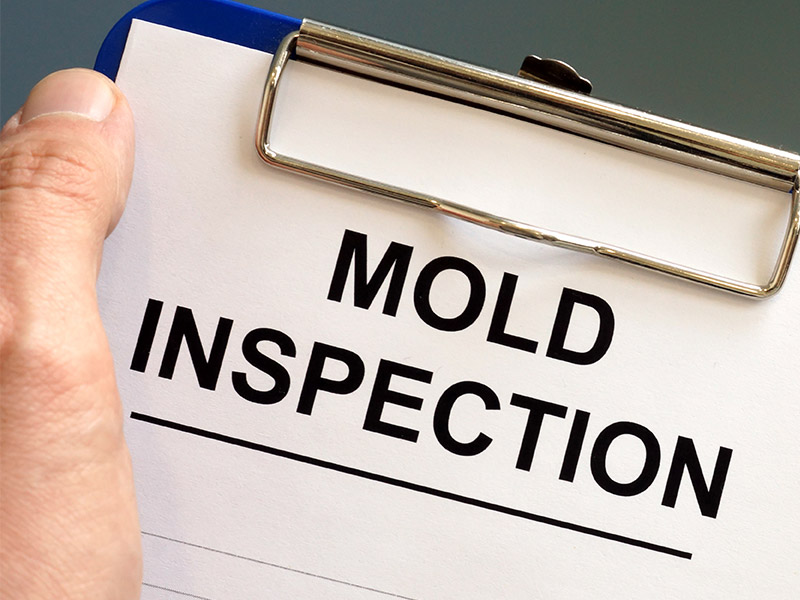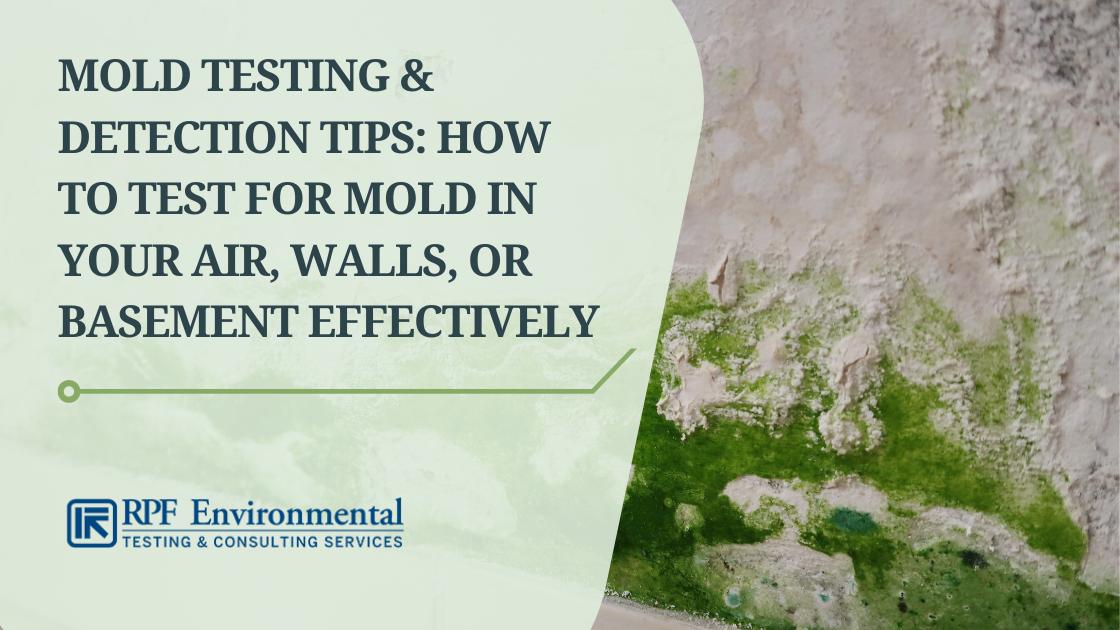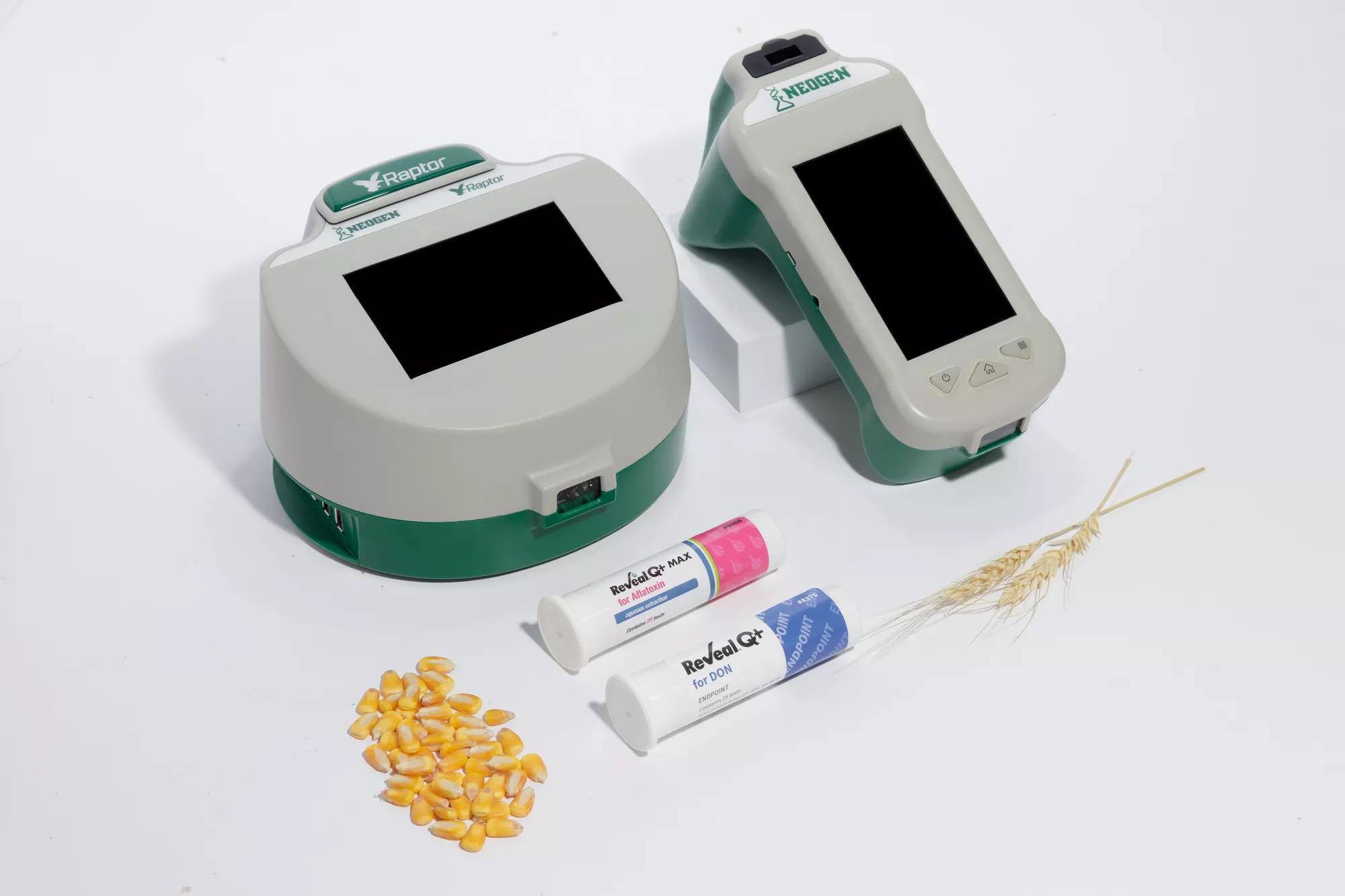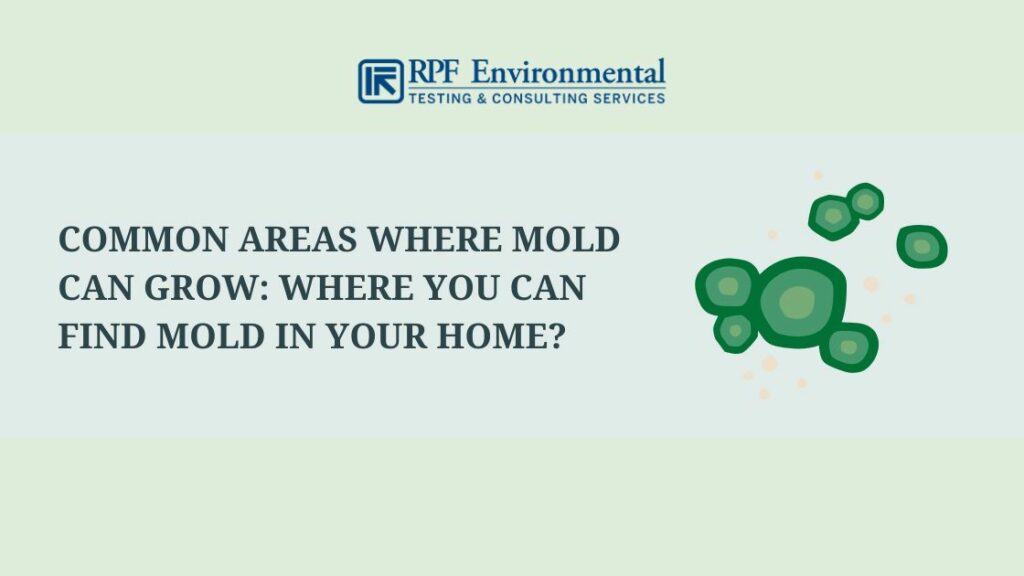The Duty of Mycotoxin testing Services in Food and Feed Safety
Why Mycotoxin Testing Providers Are Necessary for Protecting Public Health
The value of mycotoxin screening solutions in safeguarding public health and wellness can not be overstated. Mycotoxins, poisonous substances produced by fungis, posture serious wellness risks such as liver damage and cancer cells when present in food and feed.
Comprehending Mycotoxins
Comprehending mycotoxins is critical for making sure food security and protecting public wellness. Mycotoxins are poisonous substances produced by particular kinds of fungis, commonly found in food and feed crops. These fungi can multiply in a selection of problems, specifically in damp and cozy atmospheres, causing contamination during pre-harvest, storage space, or handling stages. One of the most common mycotoxins consist of aflatoxins, ochratoxin A, fumonisins, and trichothecenes, each with distinctive chemical frameworks and toxicological properties.
The existence of mycotoxins in foods can endanger their security and quality. They are resistant to traditional food handling strategies, thereby persisting in the food supply chain and positioning possible dangers. Governing bodies worldwide, such as the Food and Agriculture Organization (FAO) and the World Wellness Company (WHO), have set strict restrictions on appropriate degrees of mycotoxins in food to minimize their adverse effects.
Effective mycotoxin management entails extensive surveillance and screening to find and quantify their degrees in agricultural items. This positive strategy helps in determining infected batches early, thus preventing their intro into the marketplace. Implementing stringent mycotoxin controls is necessary for preserving food security requirements and safeguarding customer wellness.
Health And Wellness Risks of Mycotoxins

Direct exposure to mycotoxins presents substantial wellness threats to both humans and pets, requiring attentive surveillance and control steps. These harmful secondary metabolites, created by particular fungi, can pollute food and feed, bring about chronic and acute health concerns. In people, mycotoxins such as ochratoxins, aflatoxins, and fumonisins can cause a variety of adverse effects, including liver damage, kidney toxicity, immune suppression, and also cancer causing impacts. For example, aflatoxins have actually been classified as Team 1 health hazards by the International Agency for Research on Cancer Cells (IARC), showing a tried and tested link to liver cancer cells.

Provided these extreme health repercussions, it is crucial to implement durable mycotoxin screening protocols. Precise detection and quantification of mycotoxins in food and feed are important to reduce wellness risks and guarantee public and animal safety and security.
Usual Sources of Contamination

In enhancement to cereals, nuts such as peanuts, almonds, and pistachios are very vulnerable to mycotoxin contamination. Aflatoxins, a potent form of mycotoxin, next page are typically located in these nuts, visit the website specifically when storage conditions are suboptimal. Dried out fruits, including apricots, figs, and raisins, additionally existing productive grounds for fungal development due to their high sugar web content and moisture-retaining homes.
Furthermore, contamination is not restricted to raw agricultural items. Refined foods, pet feeds, and milk items can likewise contain mycotoxins if the first components were contaminated. This prolongs the threat of exposure throughout the food supply chain, requiring strict monitoring and control steps.
Comprehending the typical sources of mycotoxin contamination is critical for applying efficient preventative methods. Mitigating these risks at the resource can dramatically lower the incidence of mycotoxin-related health and wellness issues, protecting public health and wellness.
Testing Methods and techniques
Reliable mycotoxin monitoring hinges on the precision and integrity of screening approaches and protocols. Advanced logical techniques are utilized to find and evaluate mycotoxins in different substratums, ensuring public health and wellness safety. High-Performance Liquid Chromatography (HPLC) paired with mass spectrometry (MS) is a gold standard in mycotoxin testing, delivering high sensitivity and specificity. This technique permits for the accurate detection of numerous mycotoxins in intricate matrices, such as food and feed items.
One more commonly used method is Enzyme-Linked Immunosorbent Assay (ELISA), which offers rapid testing and is affordable for huge example quantities - Mycotoxin testing Services. ELISA packages are beneficial because of their simplicity of use and quick turn-around time, making them ideal for on-site testing
Sampling procedures are equally critical. Proper tasting makes sure that the collected samplings are representative of the entire set, thus minimizing the threat of false negatives or positives. Adherence to developed standards, such as those offered by the International Company for Standardization (ISO) and the European Board for Standardization (CEN), is important for keeping consistency and reliability across screening techniques.
Strenuous recognition of these approaches and protocols is important. It ensures reproducibility and accuracy, consequently fortifying the honesty of mycotoxin management systems.

Benefits of Normal Checking
In the world of food safety and agricultural high quality control, the benefits of normal mycotoxin screening can not be overemphasized. Constant testing ensures that farming items meet security requirements, thereby protecting consumers from the damaging effects of mycotoxins, which consist of liver damages, immune suppression, and also cancer. By identifying polluted batches early, regular testing enables timely intervention, avoiding such products from entering the food cycle.
Additionally, normal mycotoxin screening is crucial for maintaining the integrity and track record of food manufacturers and suppliers. Business that devote to normal testing demonstrate their commitment to public wellness and food safety, go to this website consequently gaining customer depend on and commitment. This proactive technique can also reduce monetary losses connected with item remembers, lawful obligations, and prospective trade limitations.
Additionally, regulatory compliance is a considerable aspect of the farming market. Regular mycotoxin screening guarantees adherence to global and nationwide standards, assisting in smooth profession operations and market accessibility. This is specifically critical for exporters who must meet stringent security requirements enforced by importing nations. Inevitably, normal mycotoxin testing not only secures public health and wellness but likewise strengthens the economic security and international competitiveness of the agricultural sector.
Final Thought
Mycotoxin testing solutions play an essential role in public wellness security by determining and alleviating the risks positioned by poisonous fungal substances in food and feed. By discovering contamination early, these solutions protect against significant health and wellness issues such as liver damages and cancer cells, guaranteeing compliance with governing requirements. Regular testing improves consumer depend on, supports the stability of the farming industry, and inevitably adds to the safeguarding of food security and public health.
The relevance of mycotoxin screening services in safeguarding public wellness can not be overstated.Recognizing mycotoxins is critical for guaranteeing food security and securing public health and wellness. Mycotoxin testing Services. Regulative bodies worldwide, such as the Food and Farming Organization (FAO) and the World Health Company (WHO), have actually set rigid limitations on appropriate levels of mycotoxins in food items to alleviate their negative results
Eventually, normal mycotoxin testing not only protects public health and wellness but additionally strengthens the economic stability and international competitiveness of the farming sector.
Mycotoxin testing services play an important duty in public health defense by recognizing and reducing the risks presented by poisonous fungal substances in food and feed.